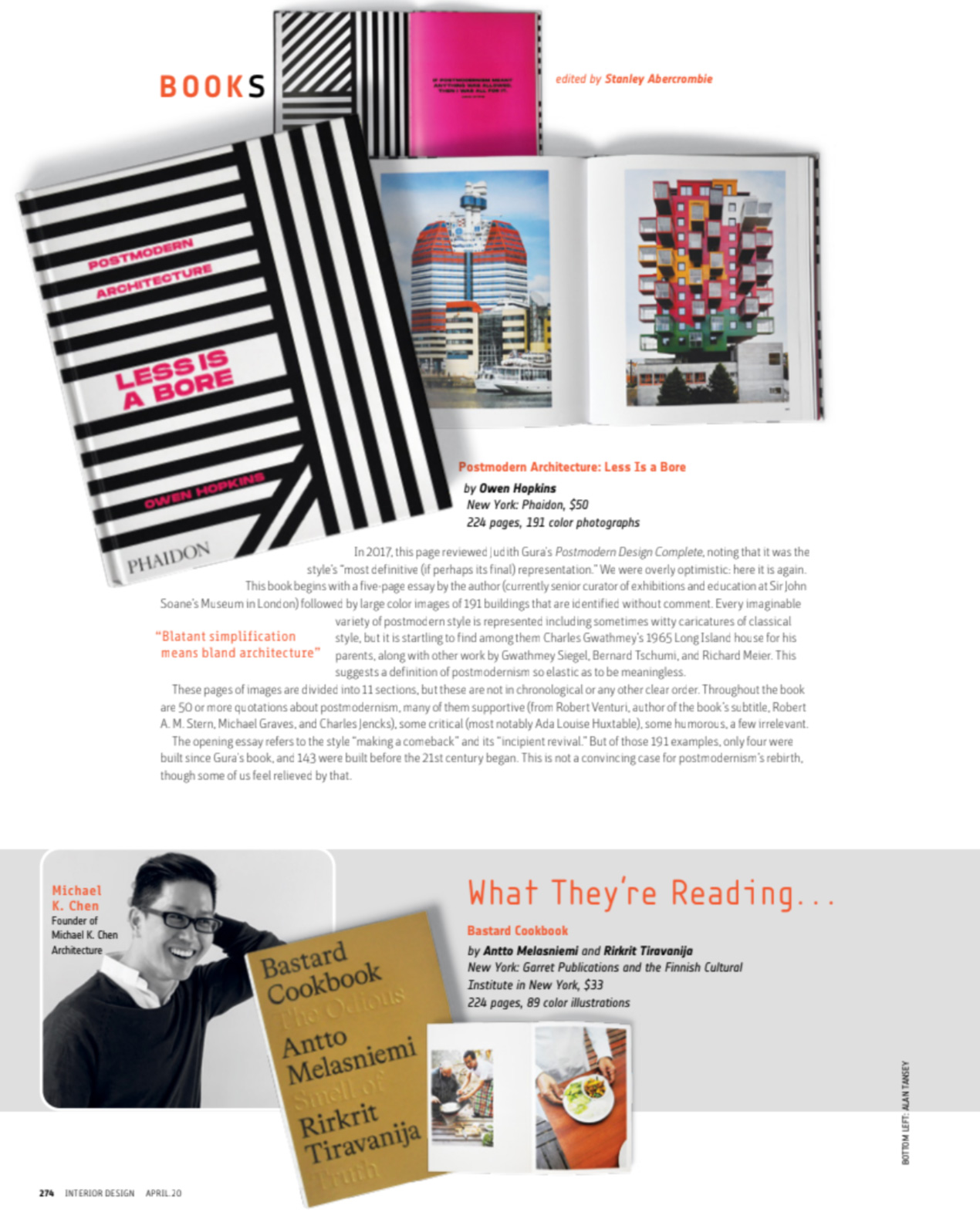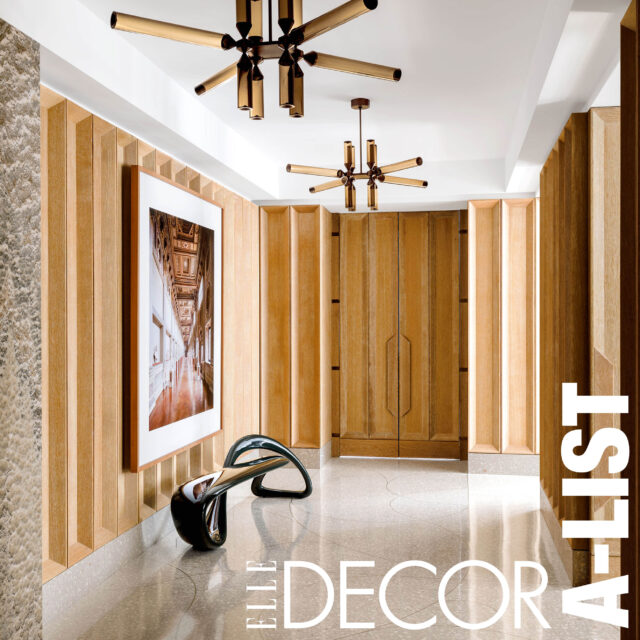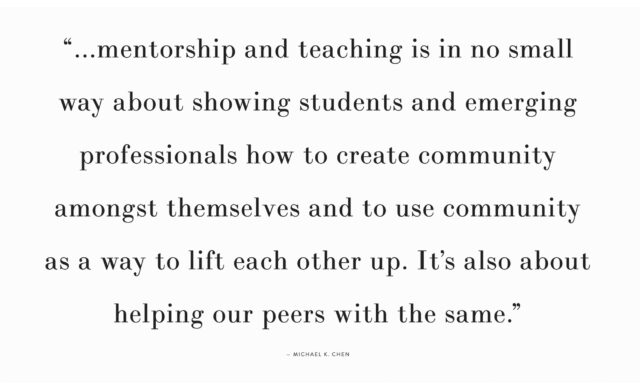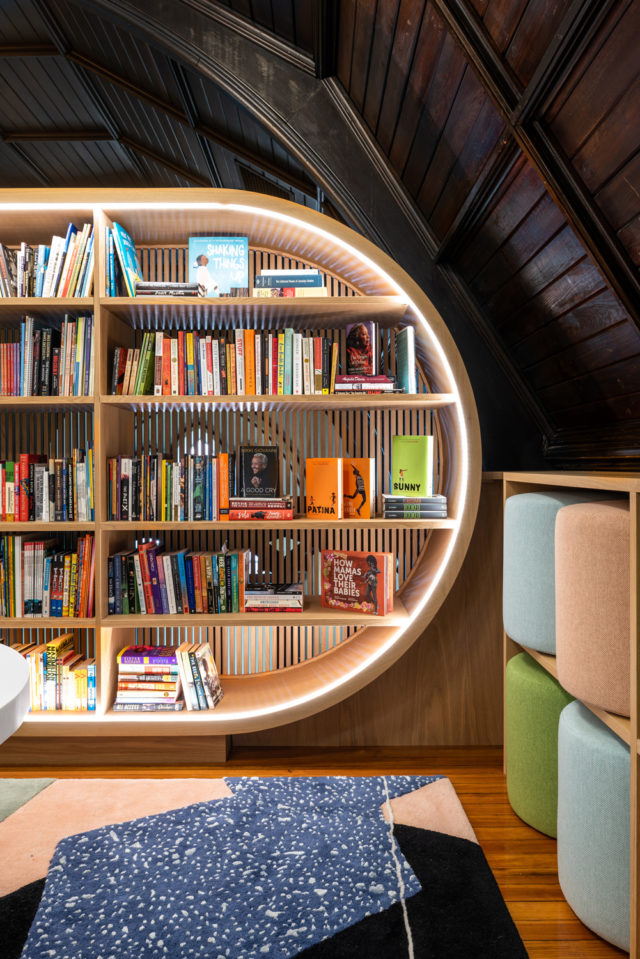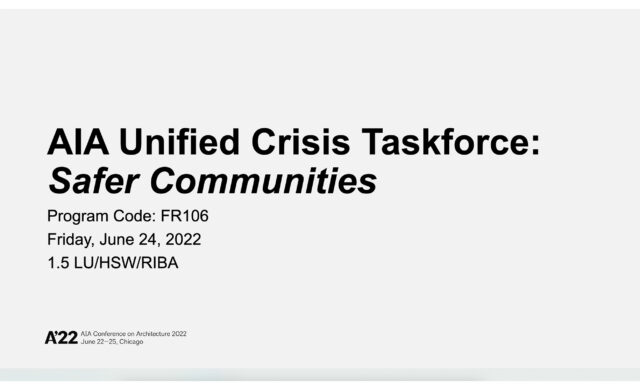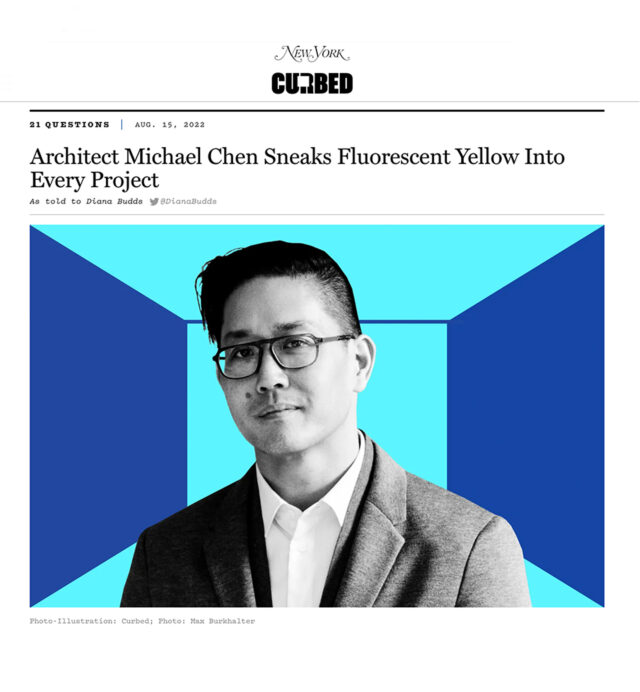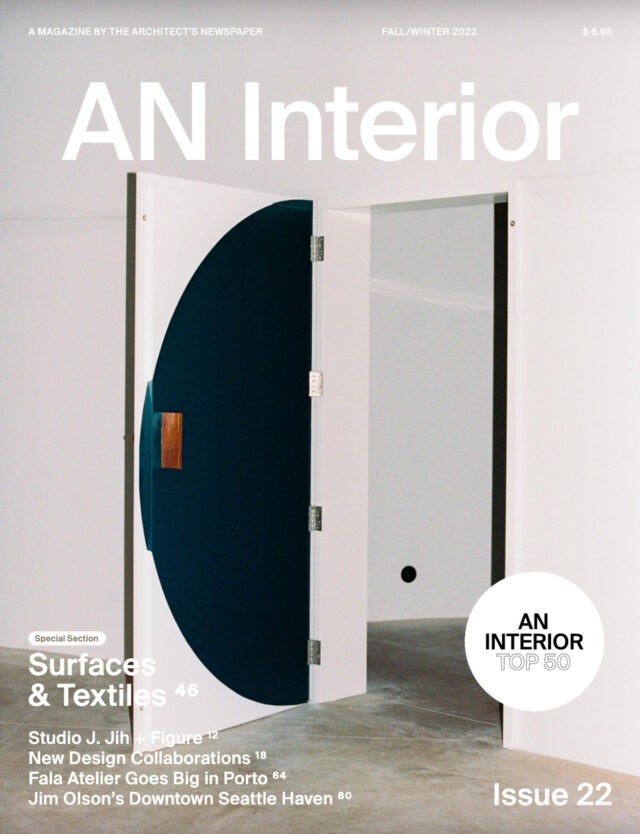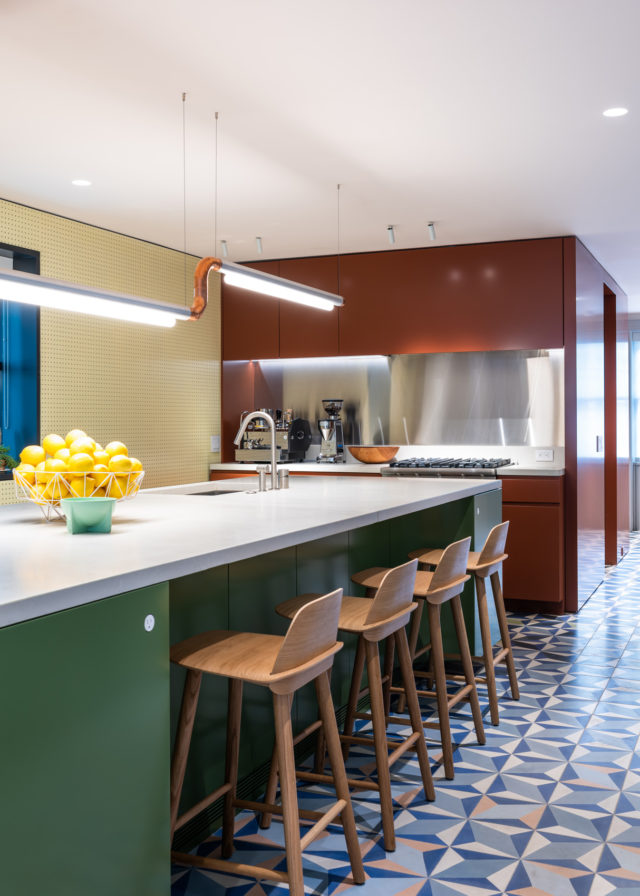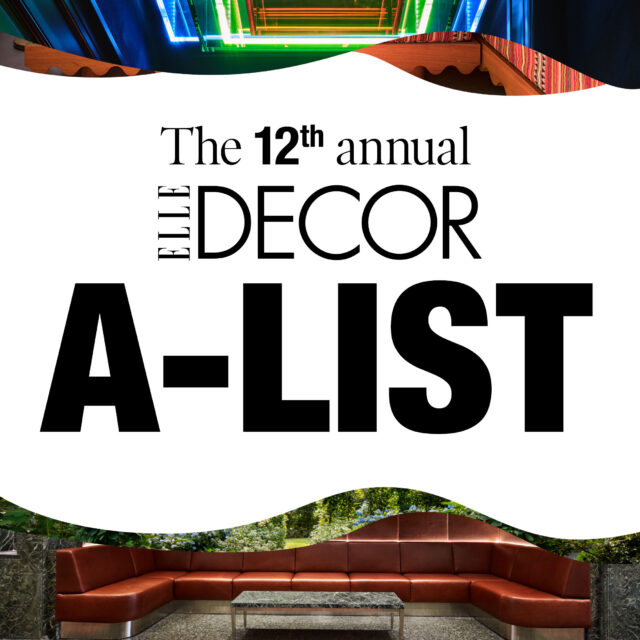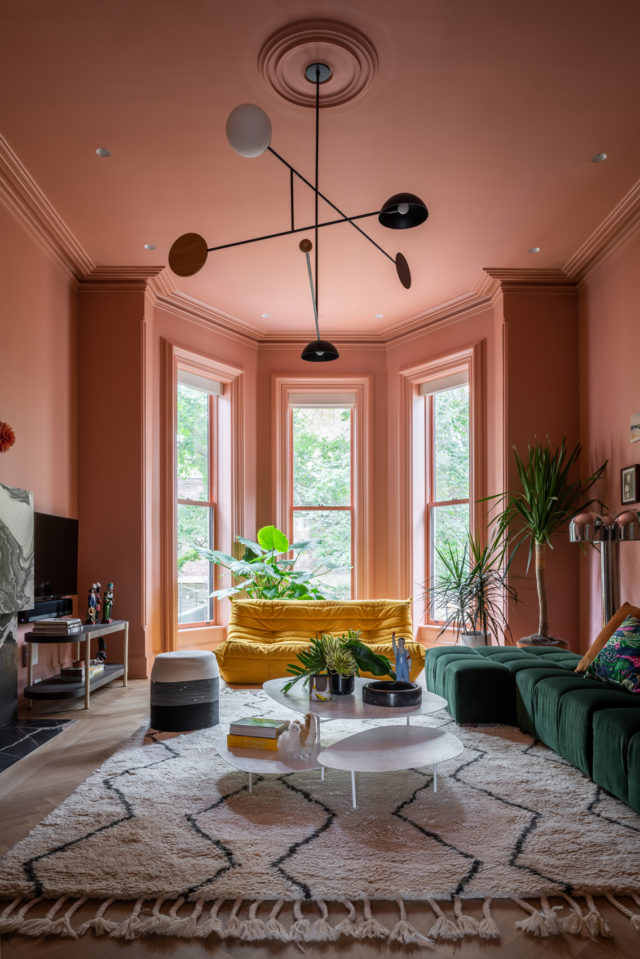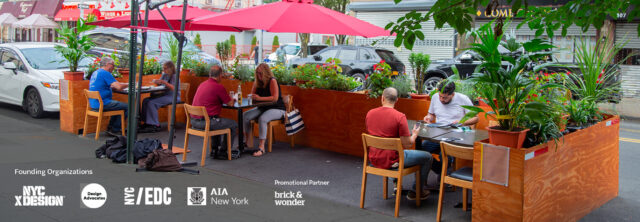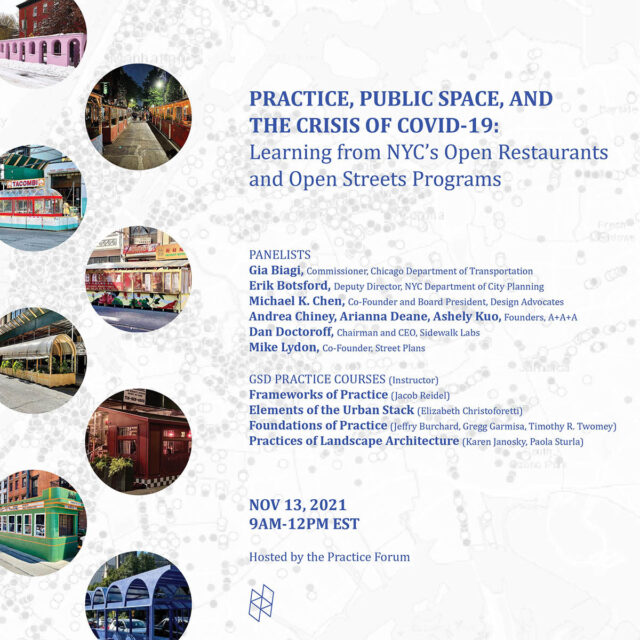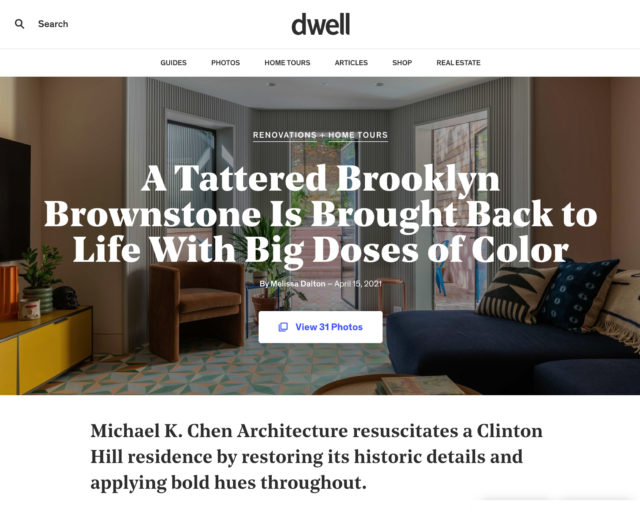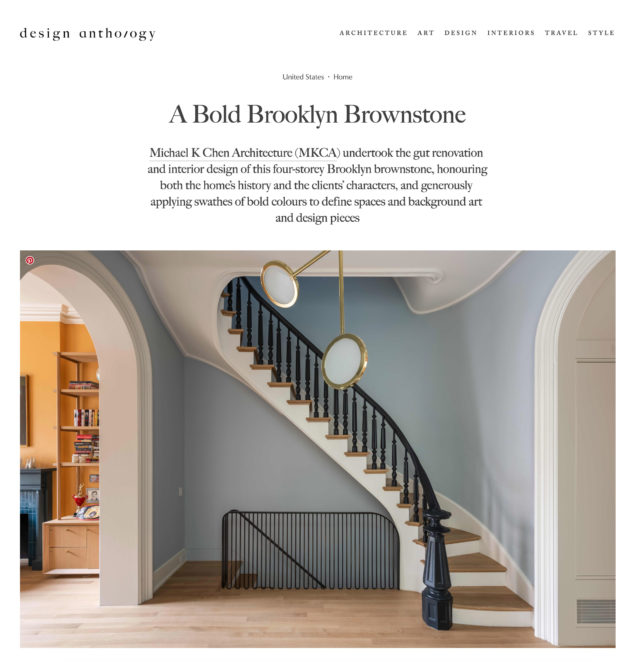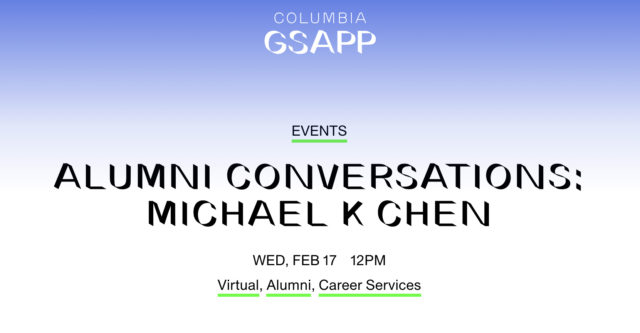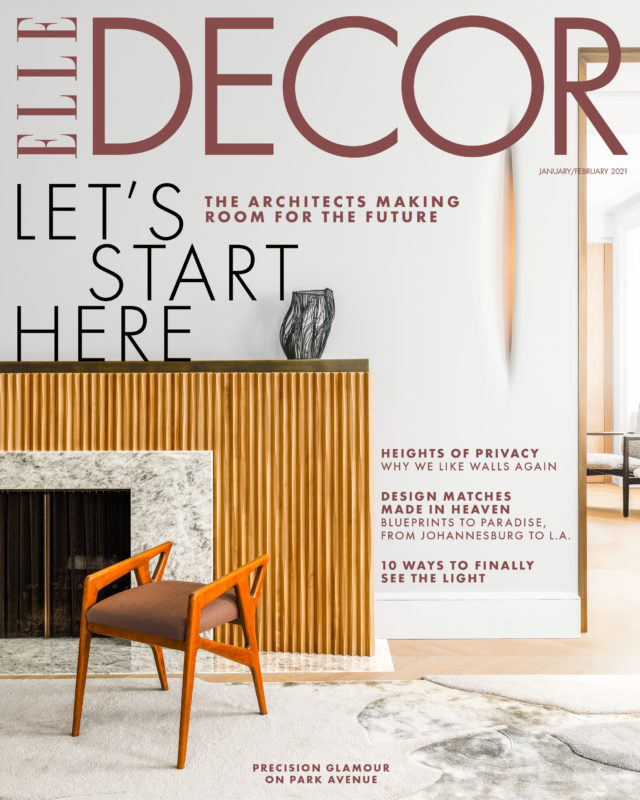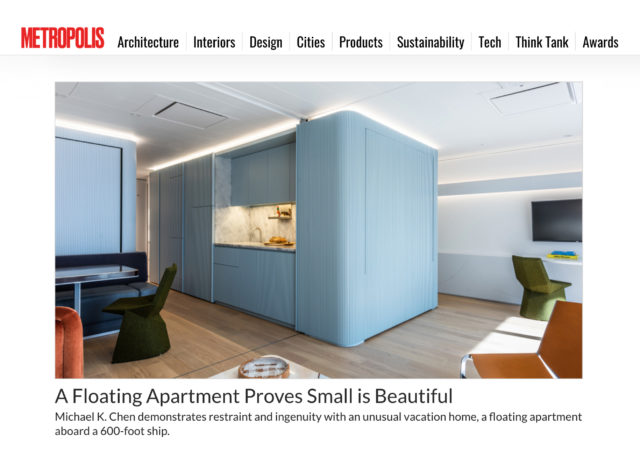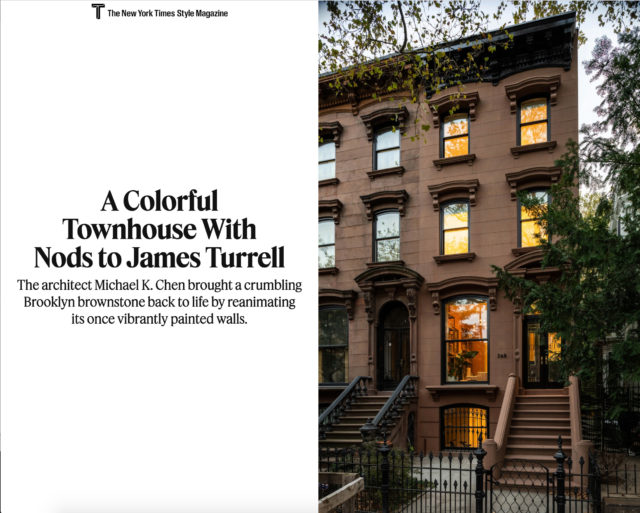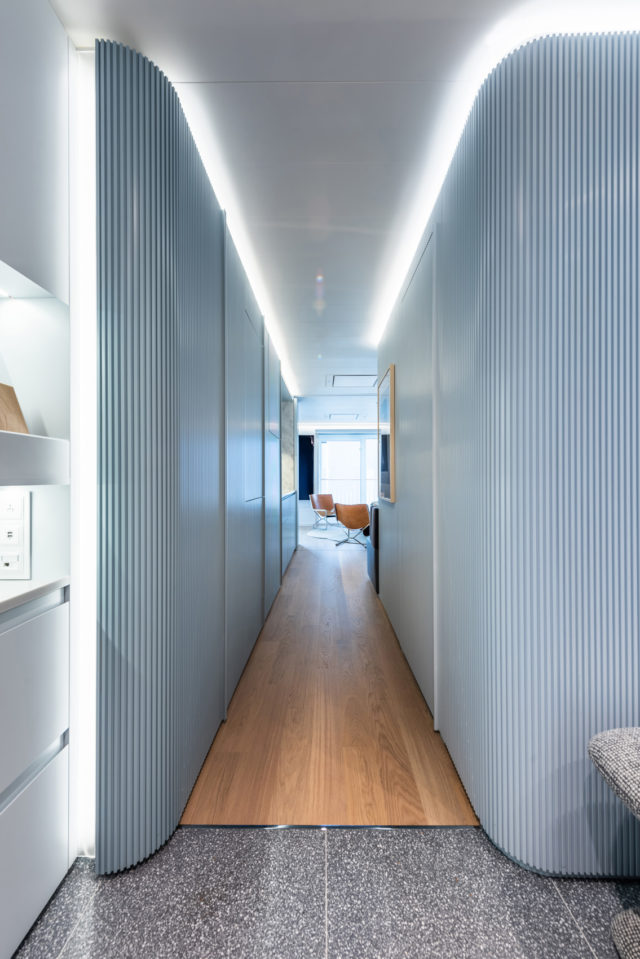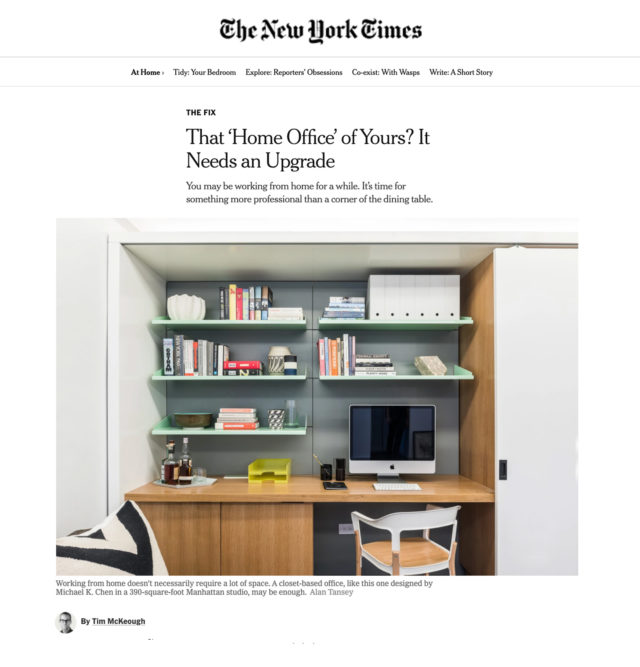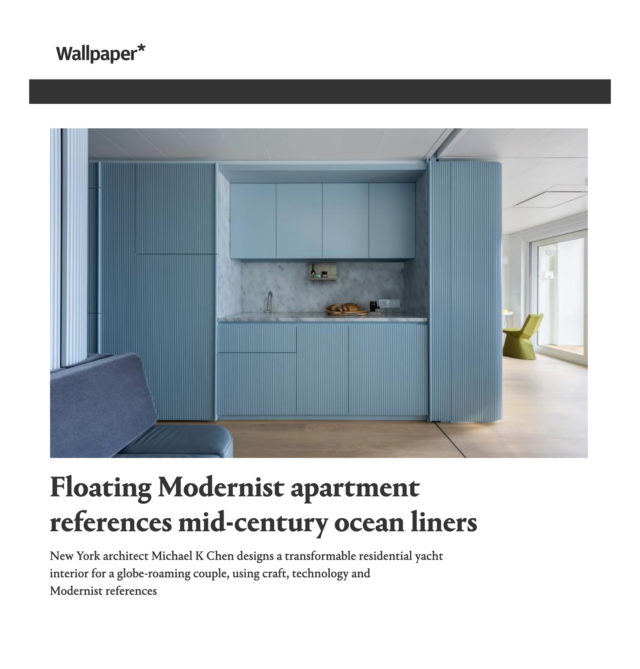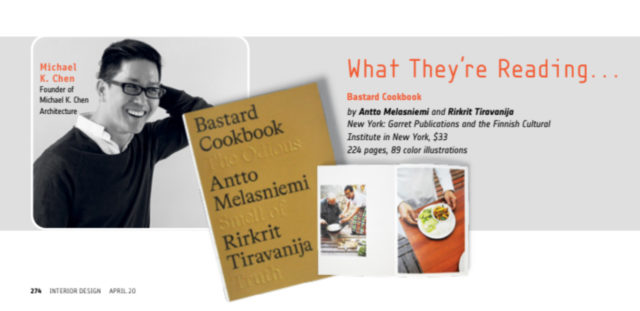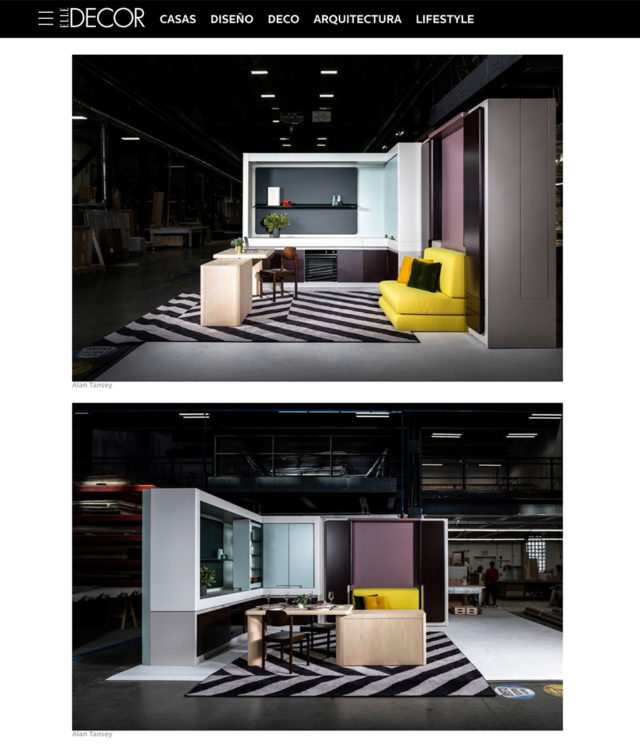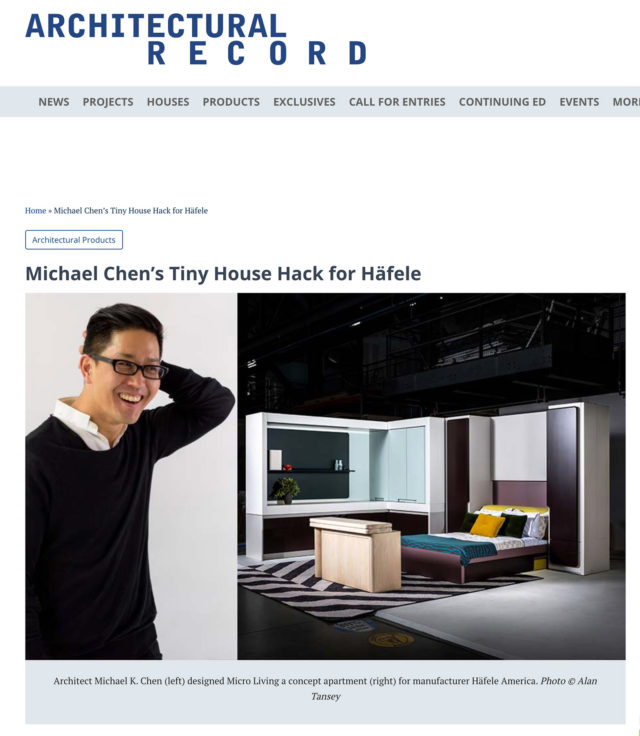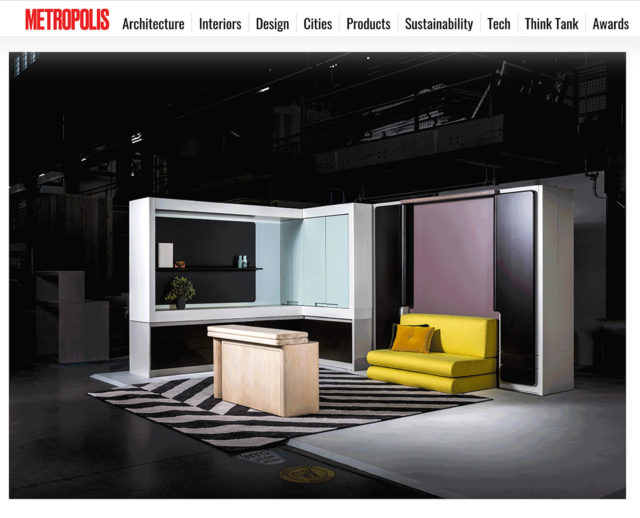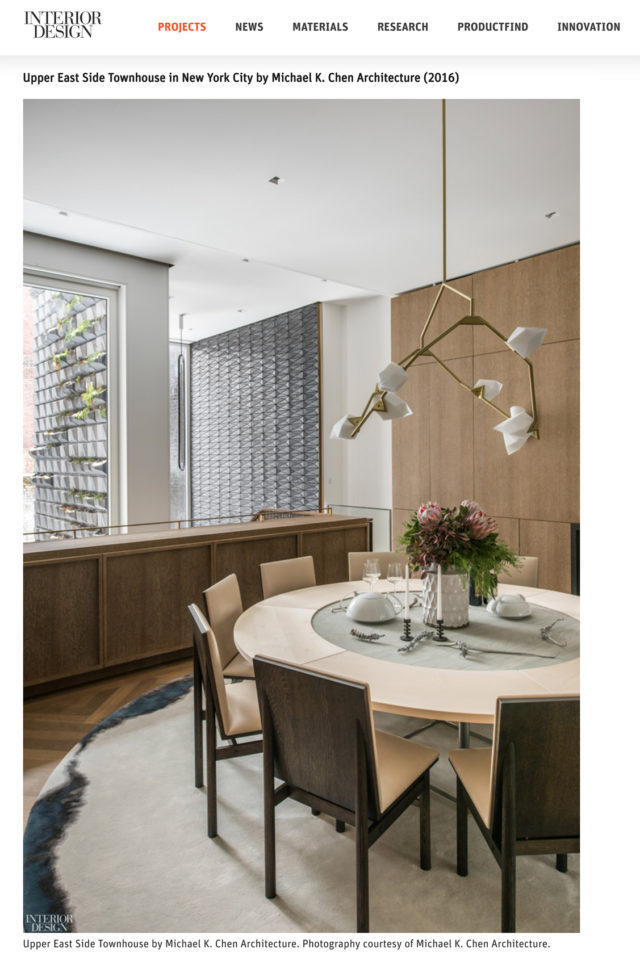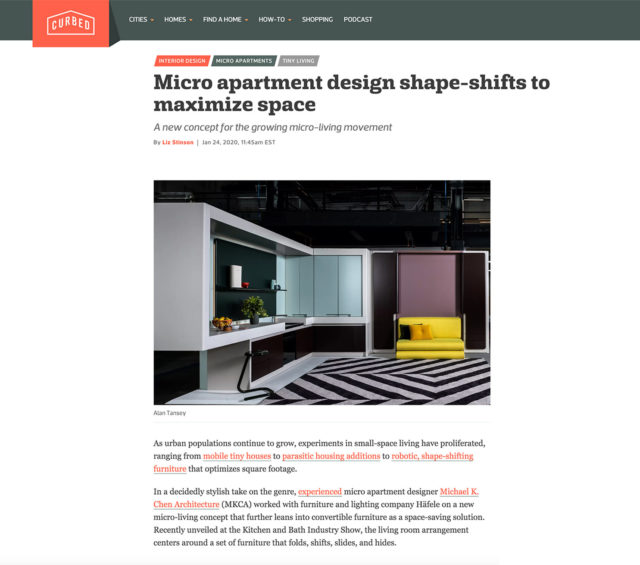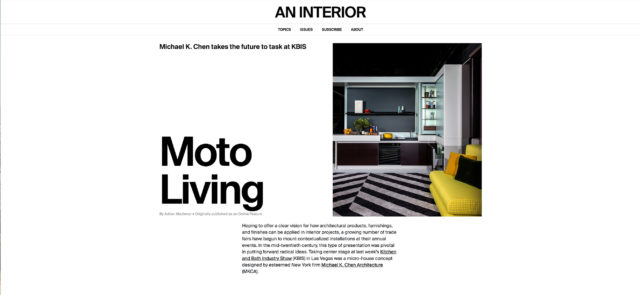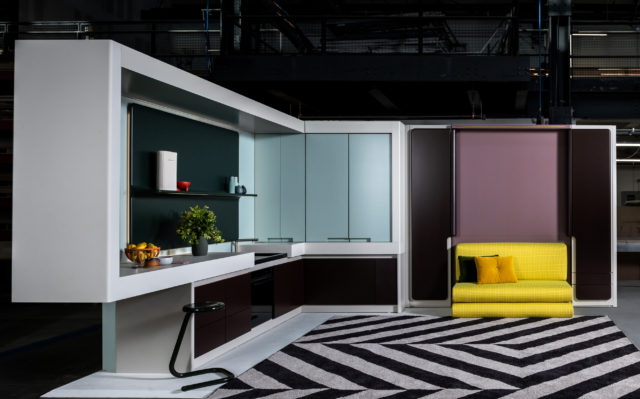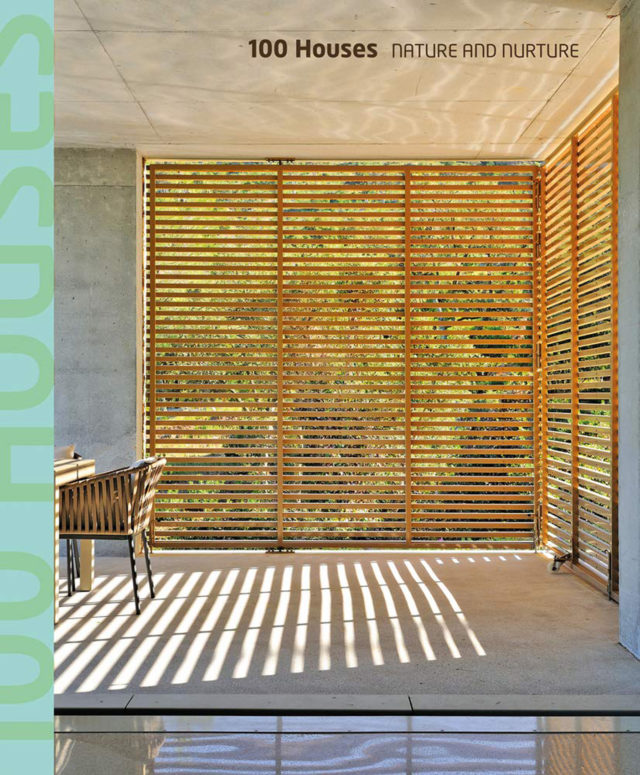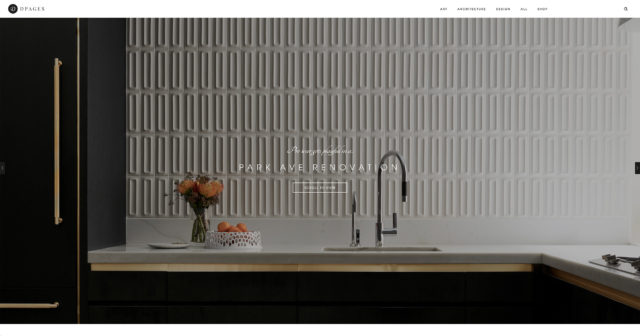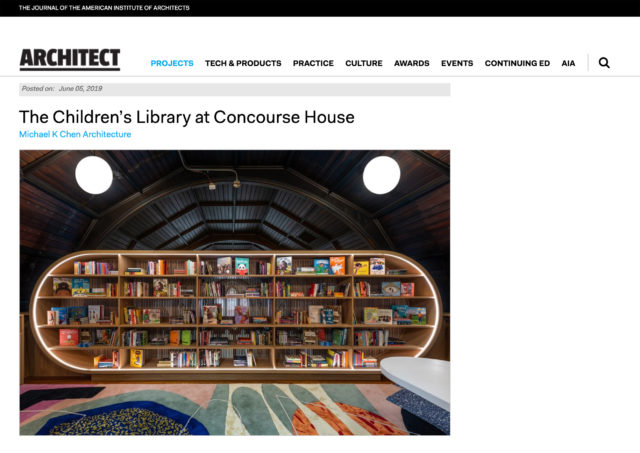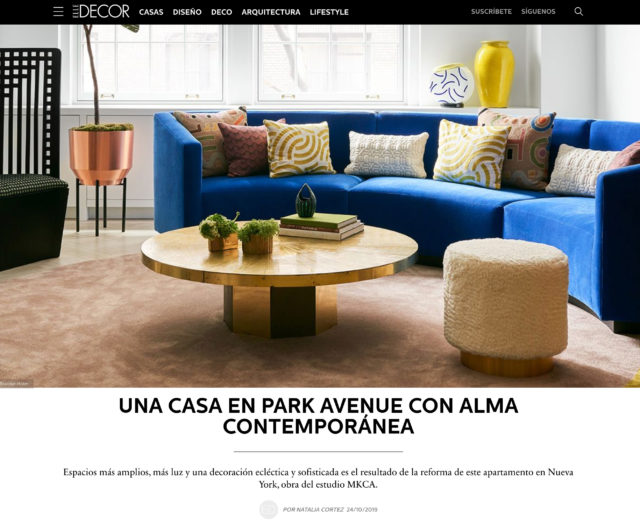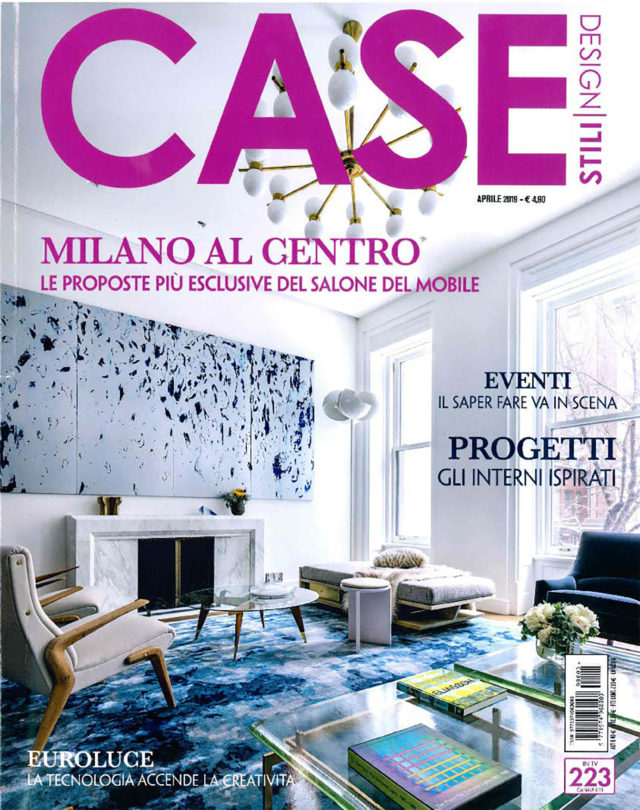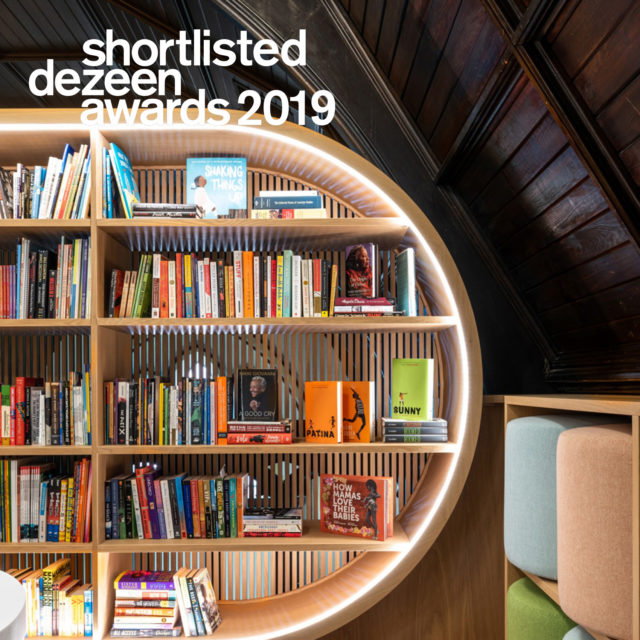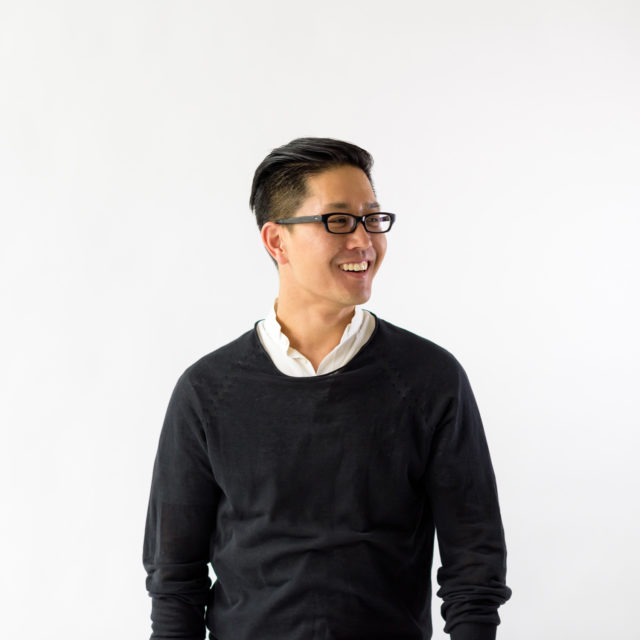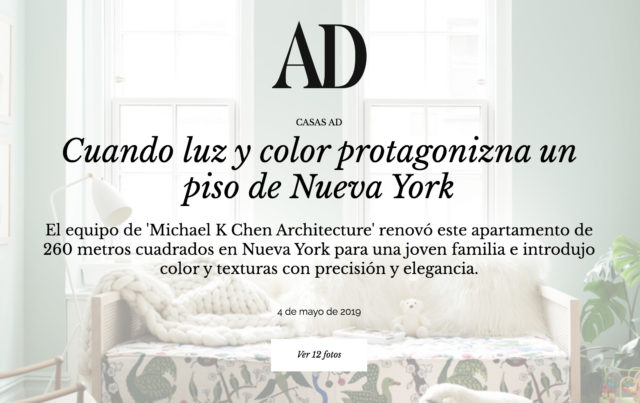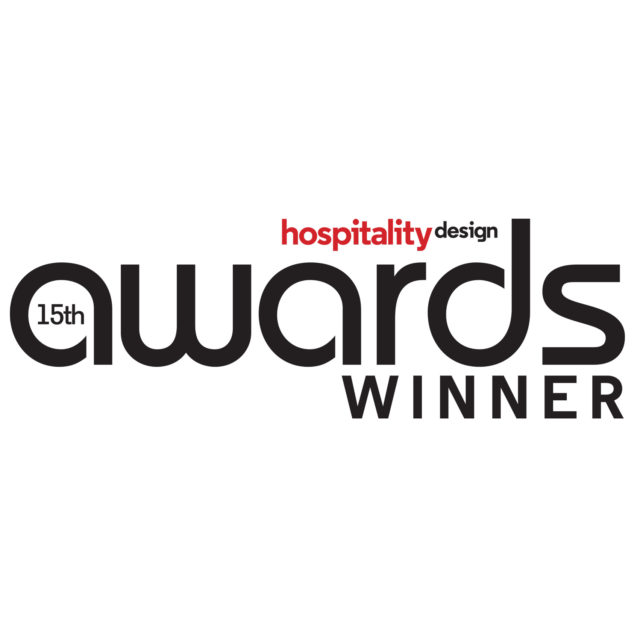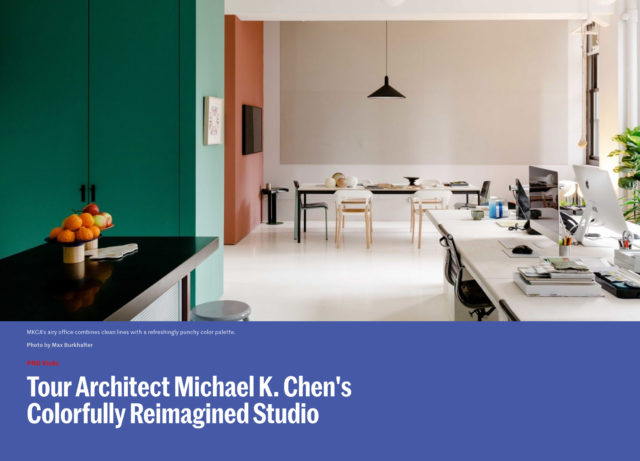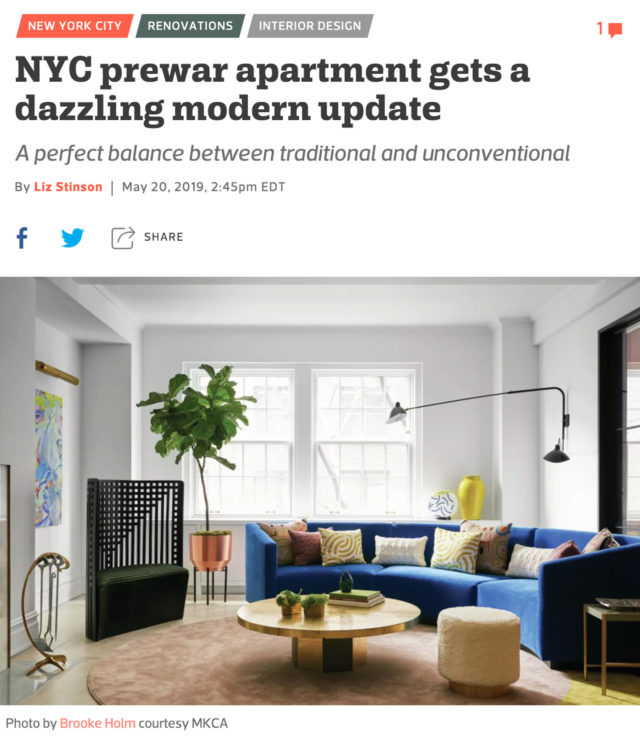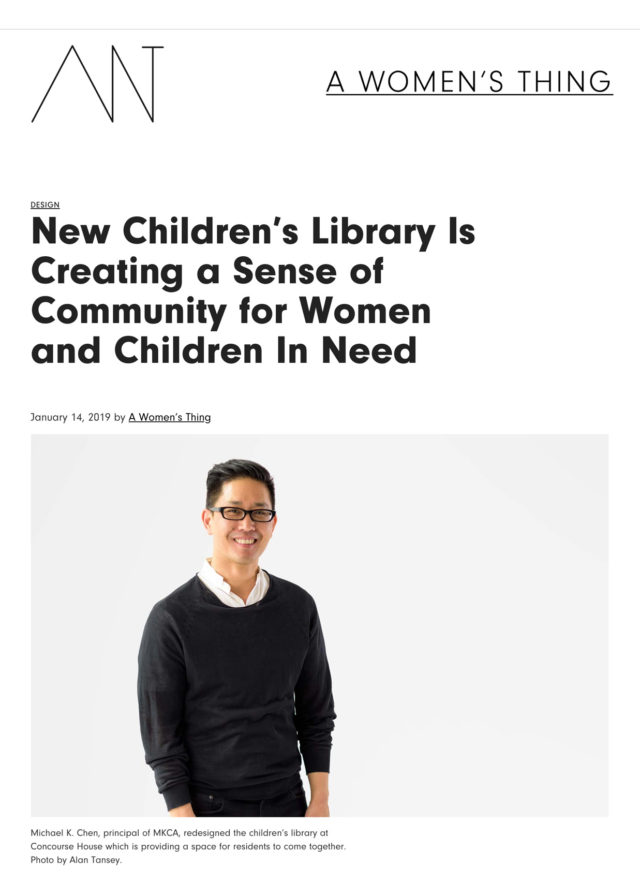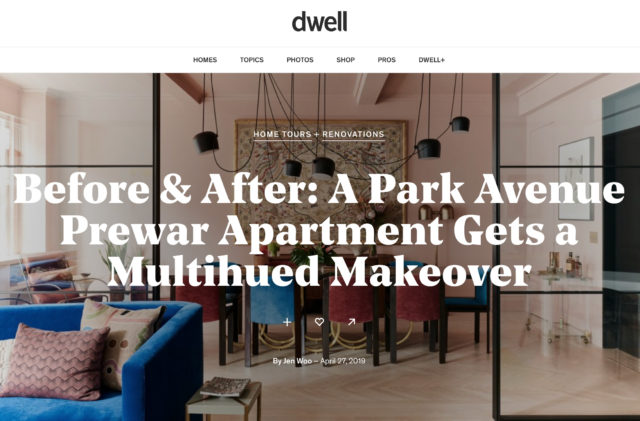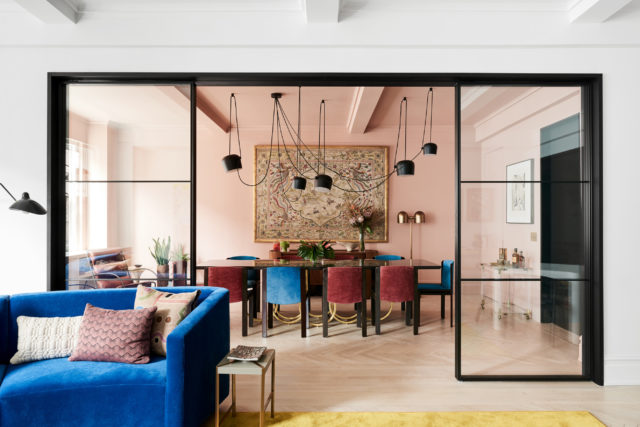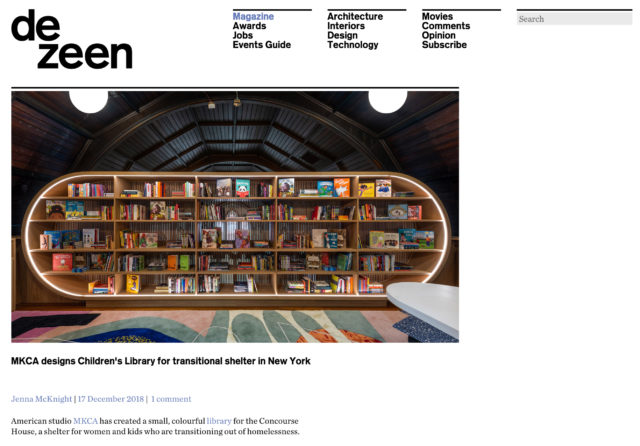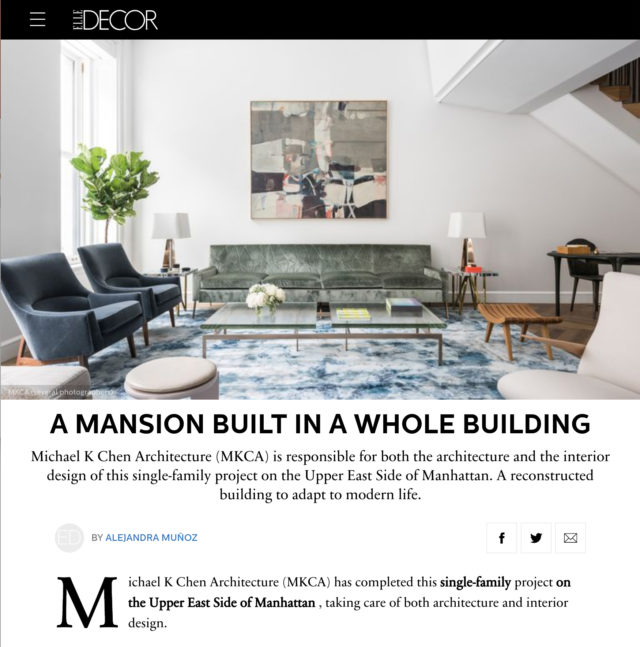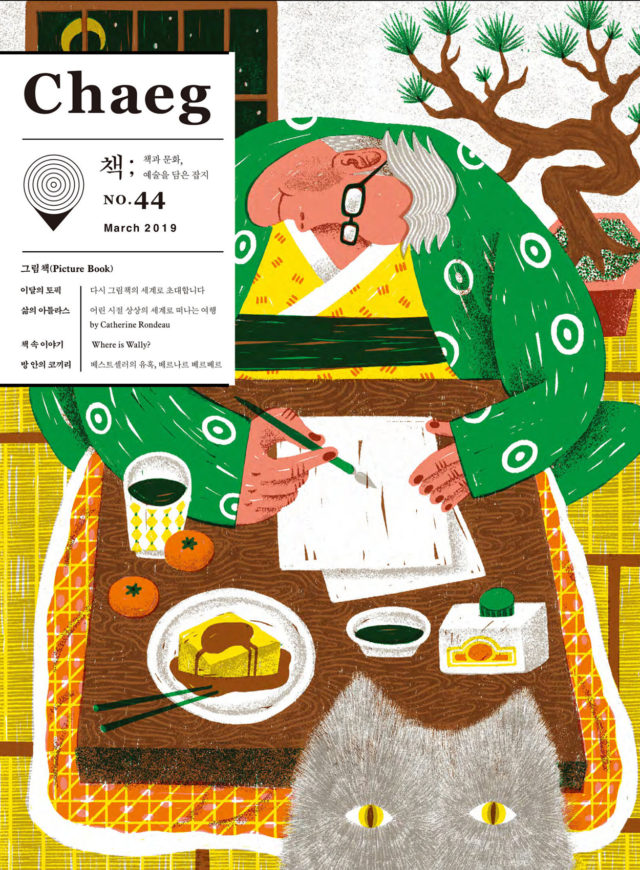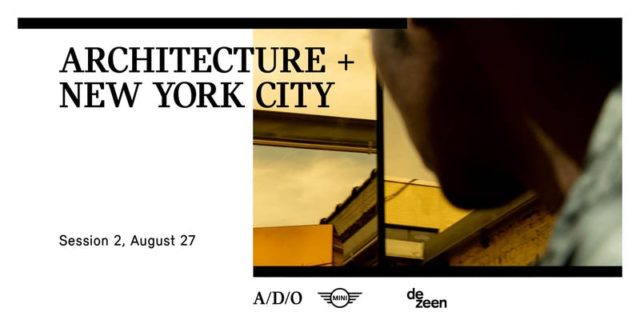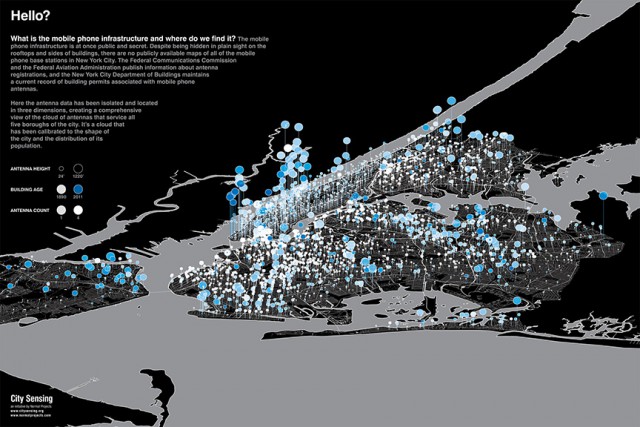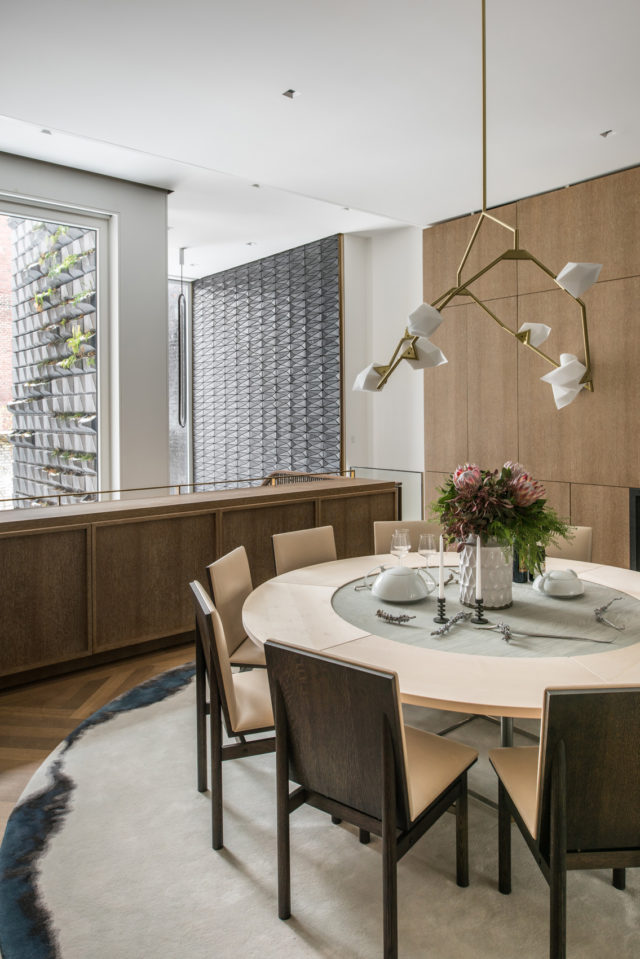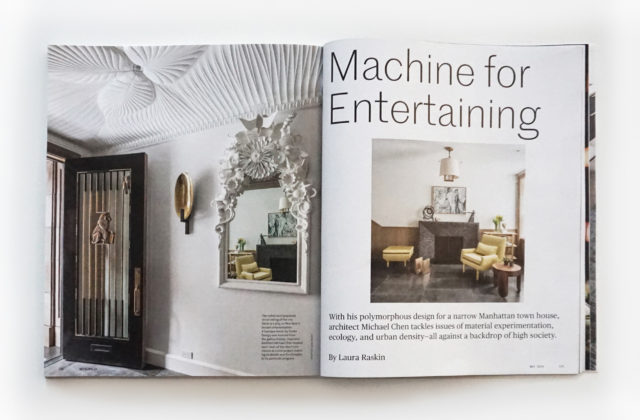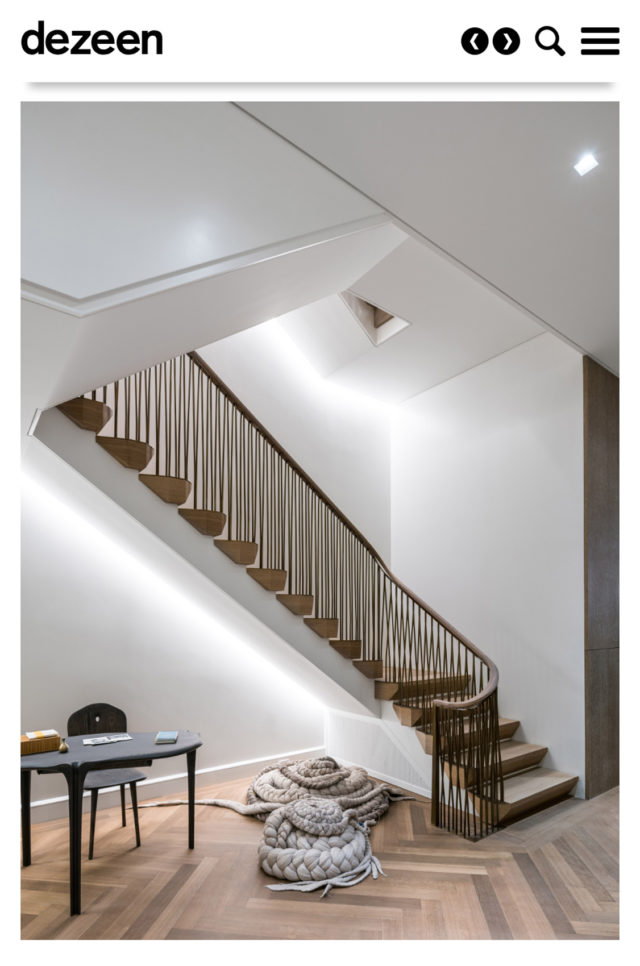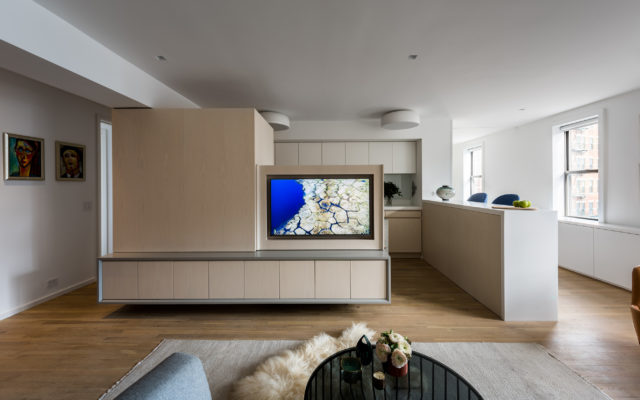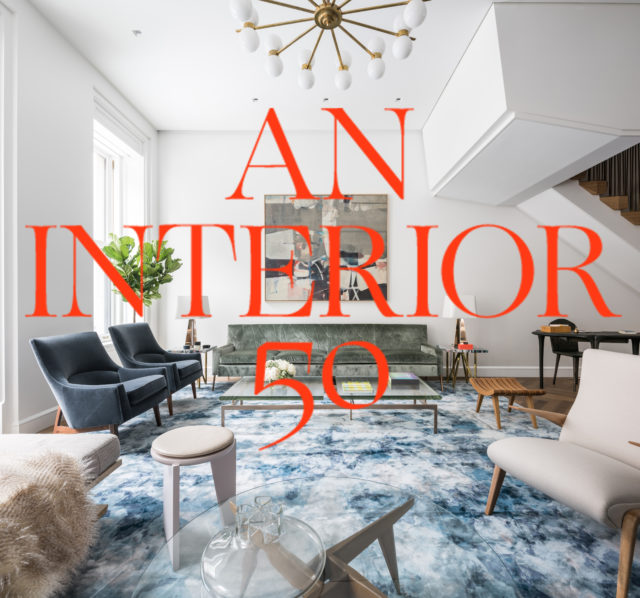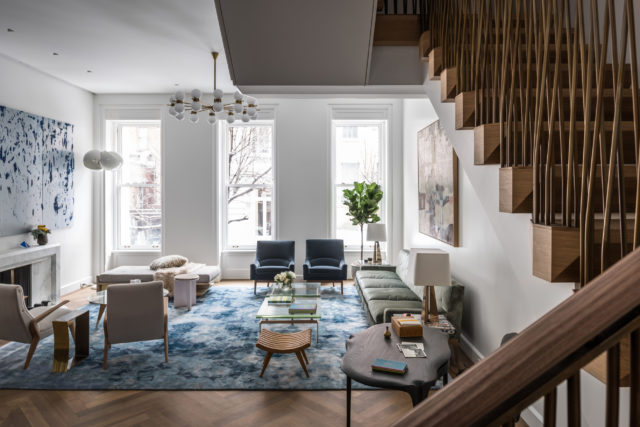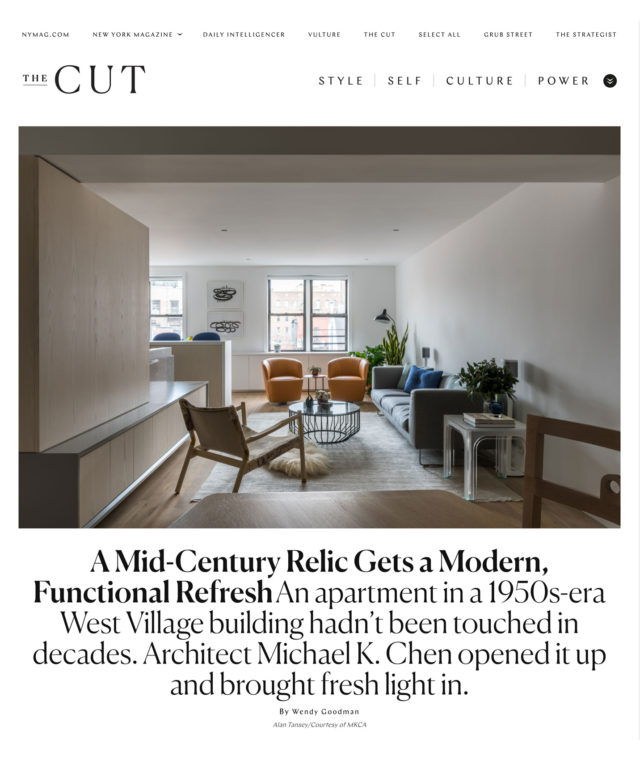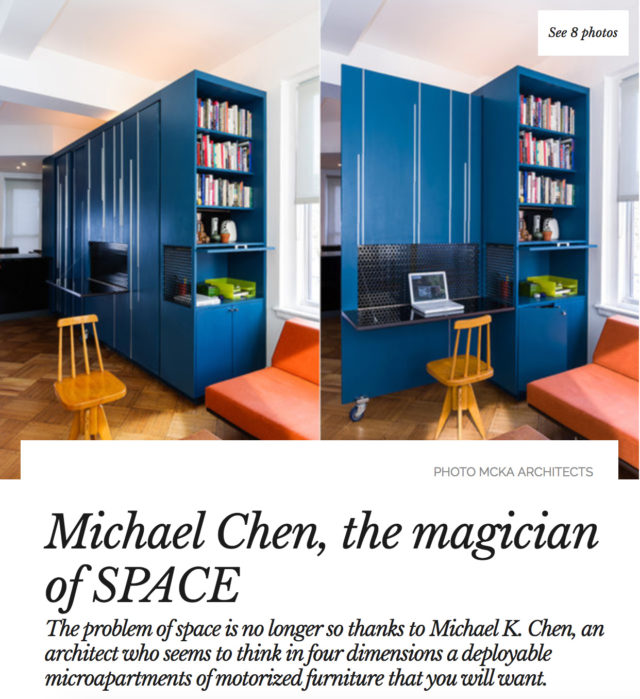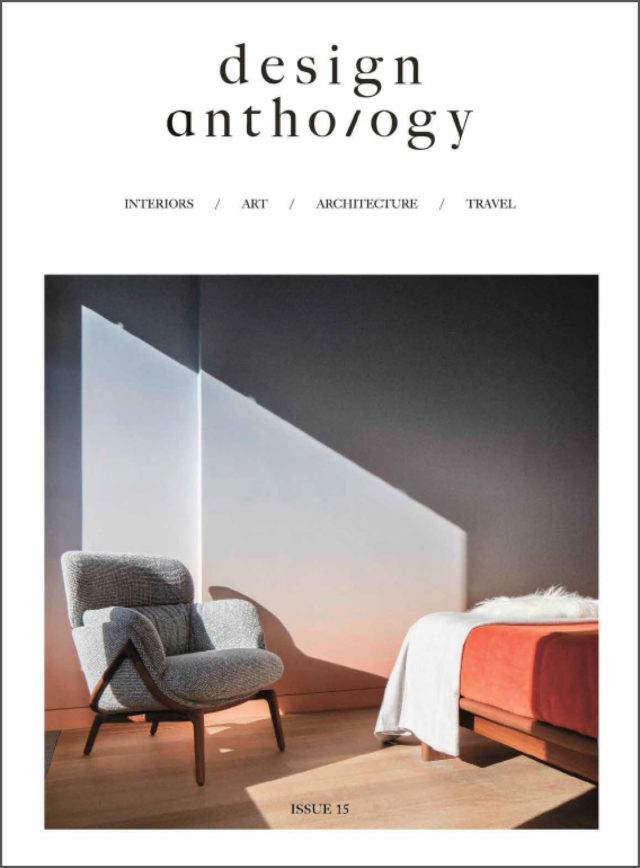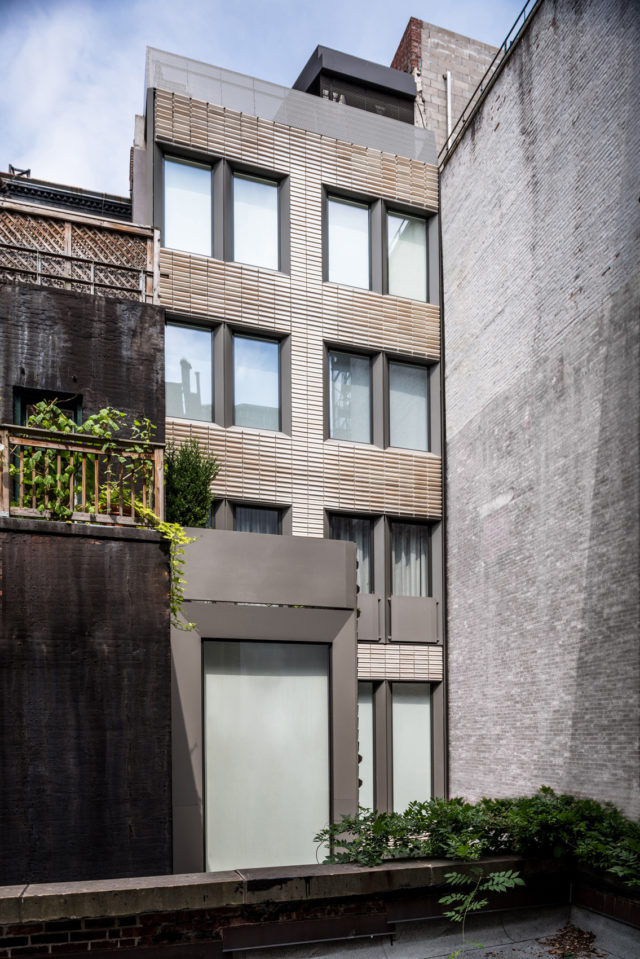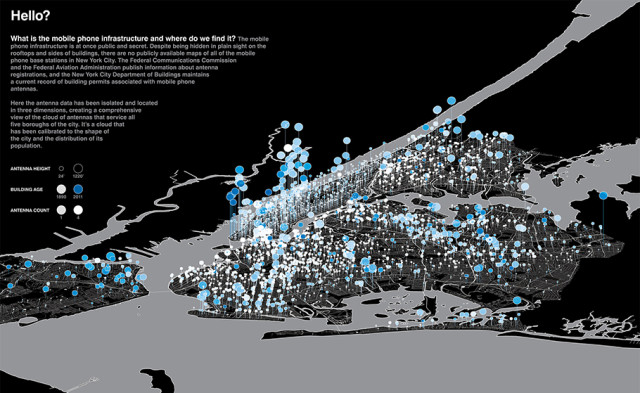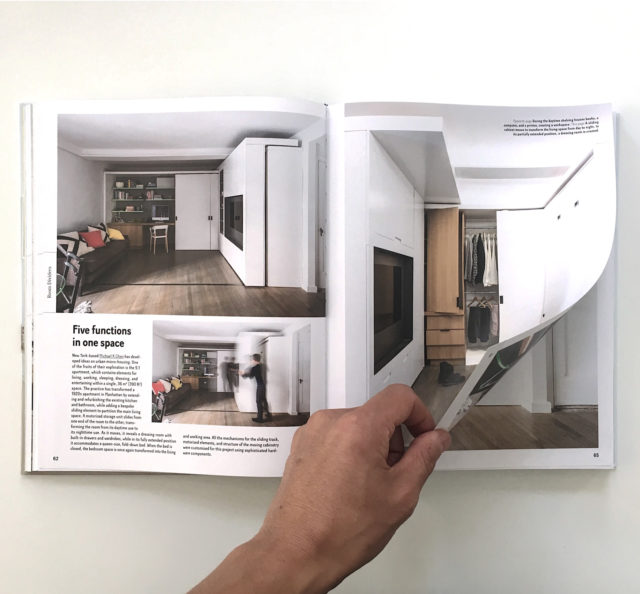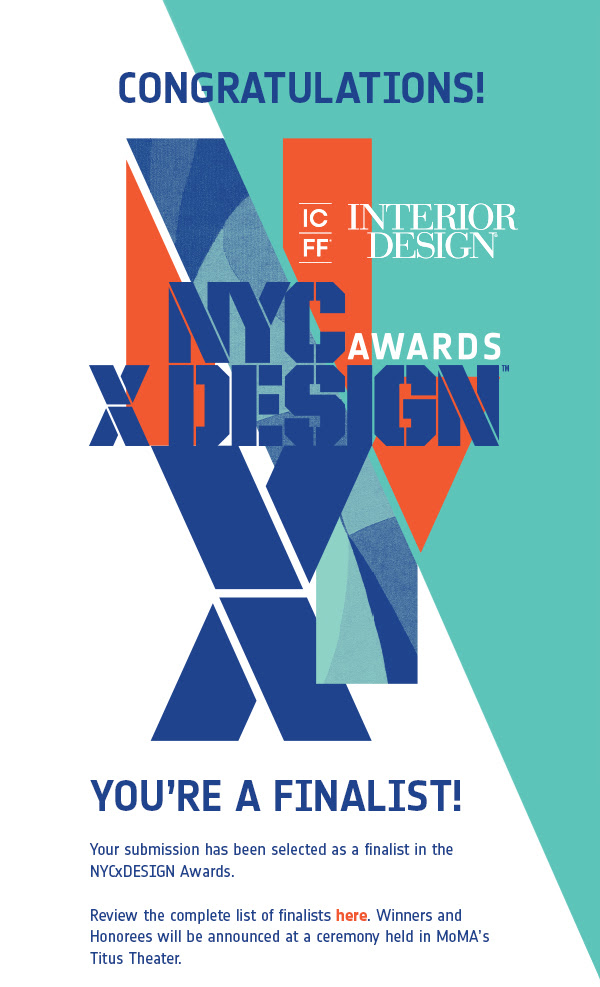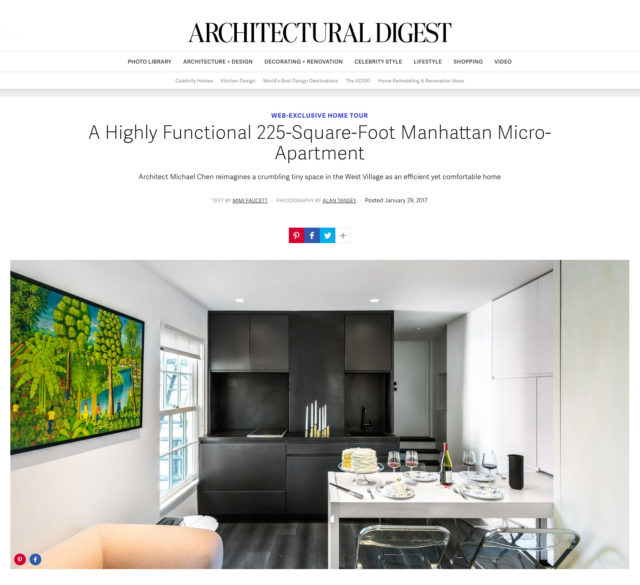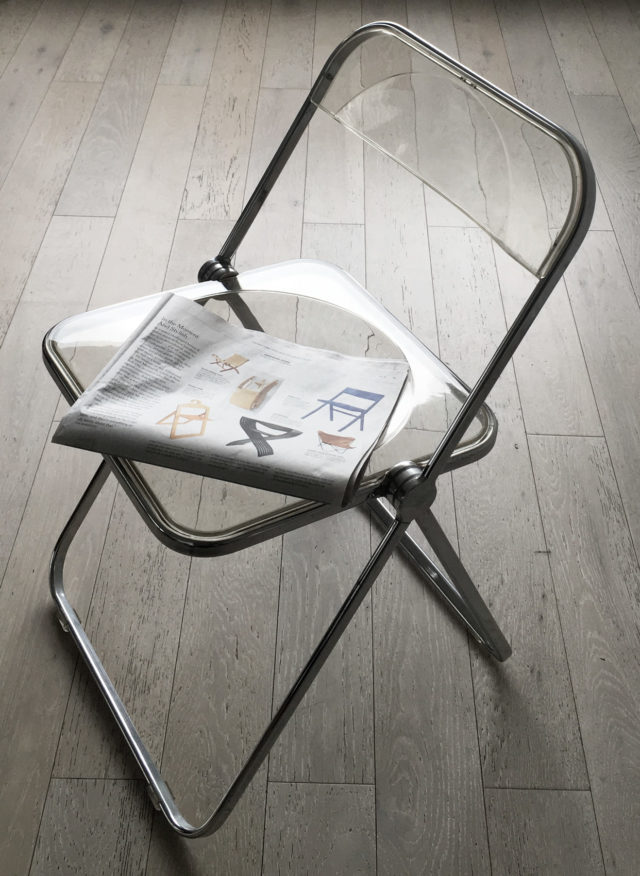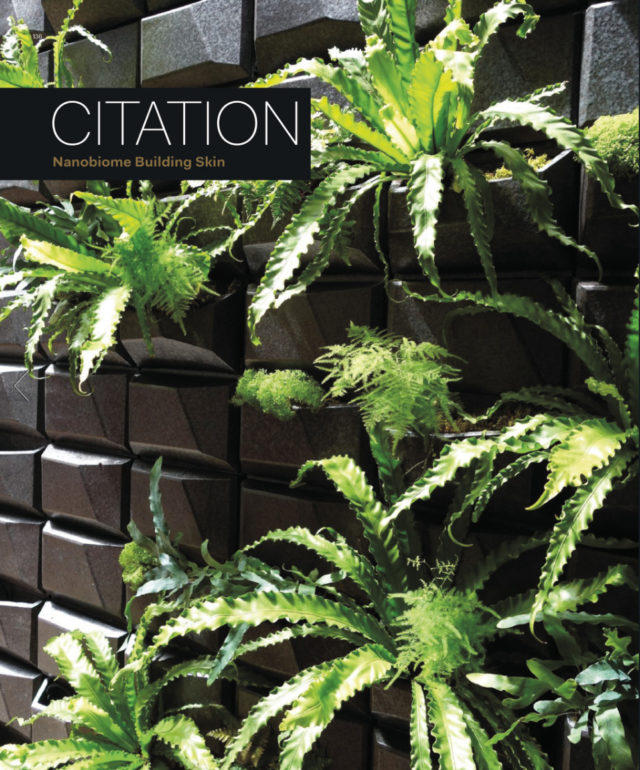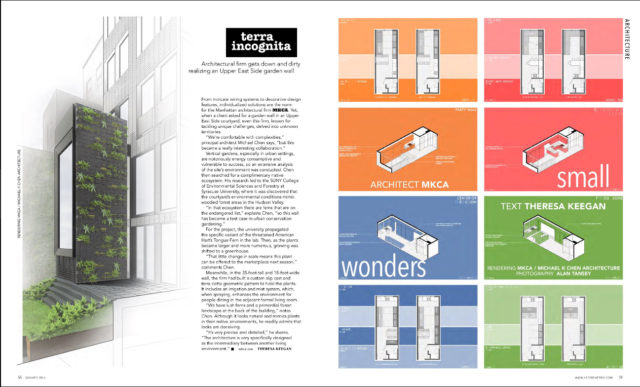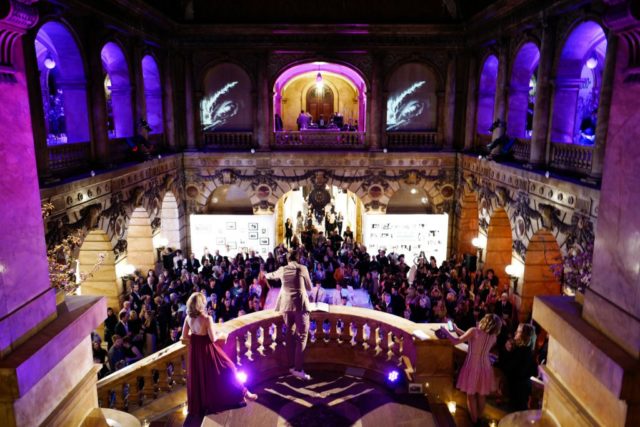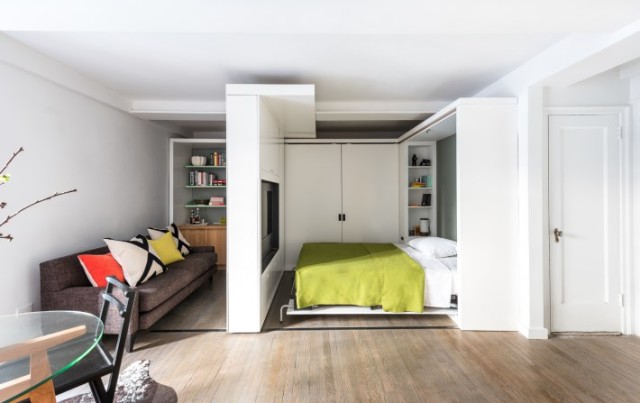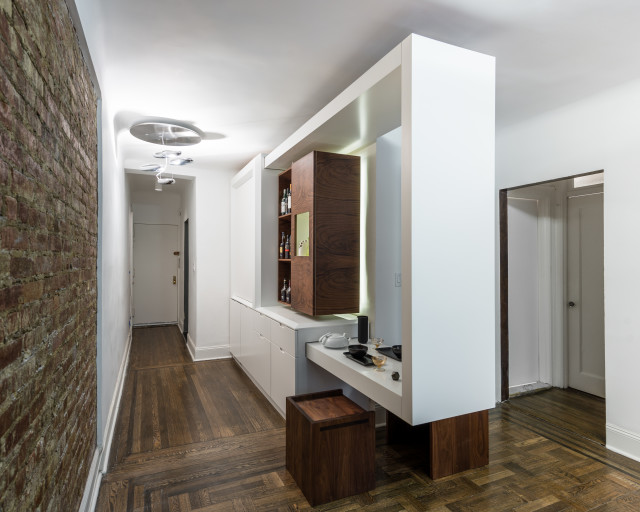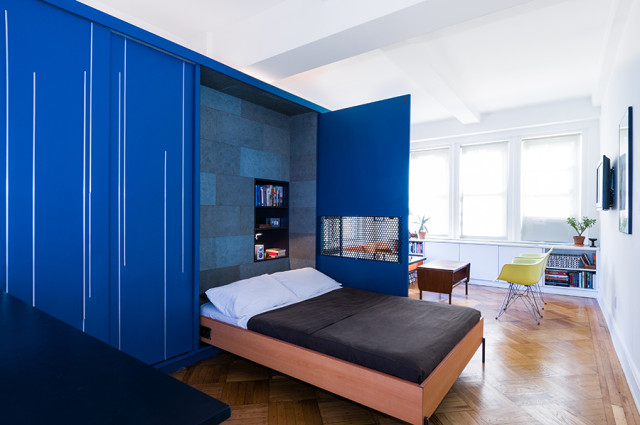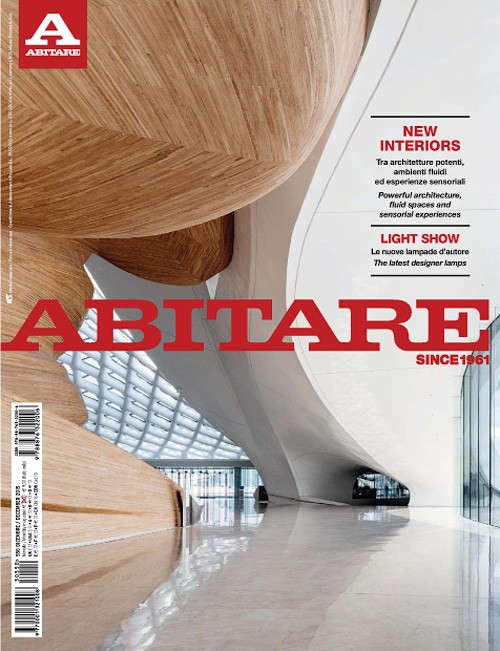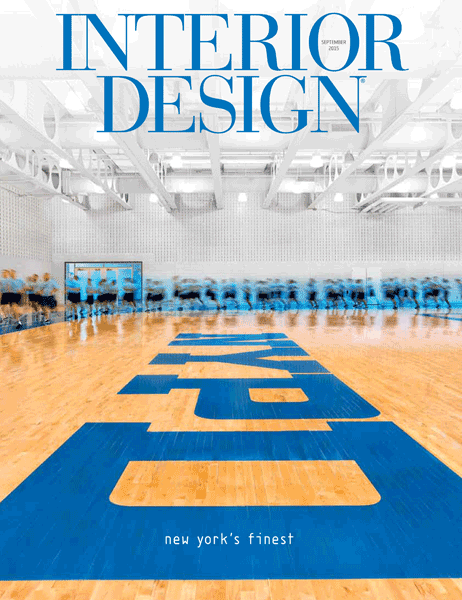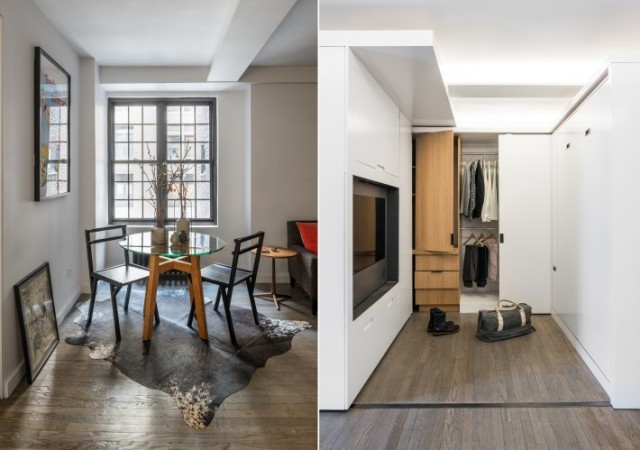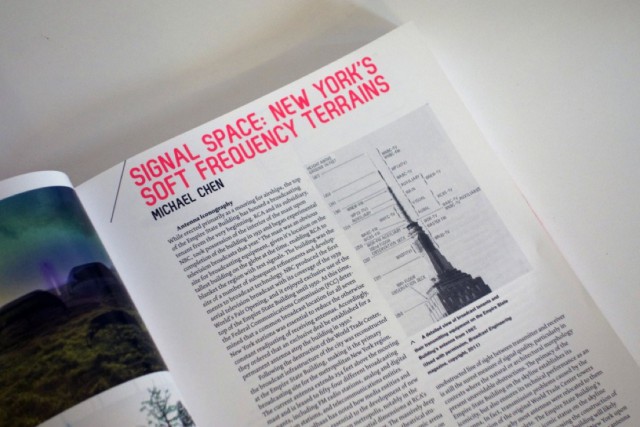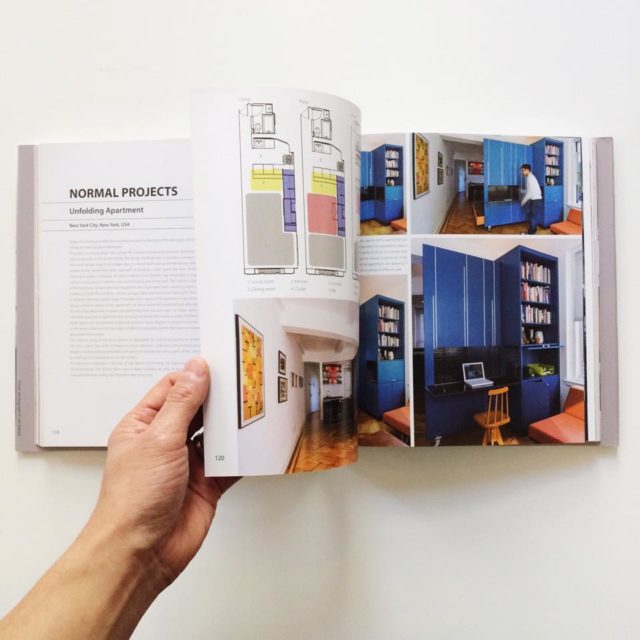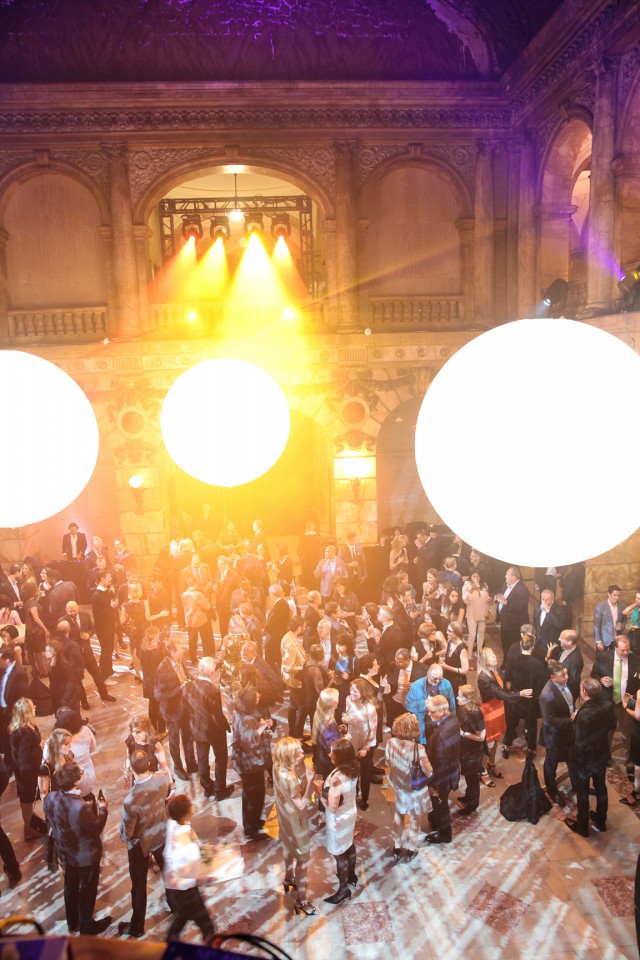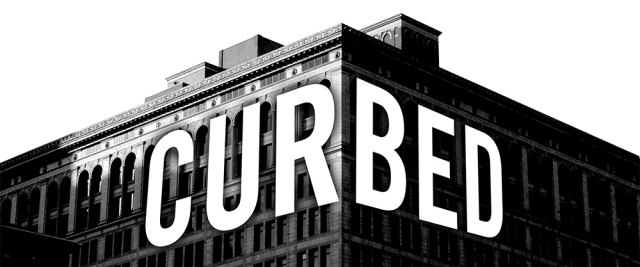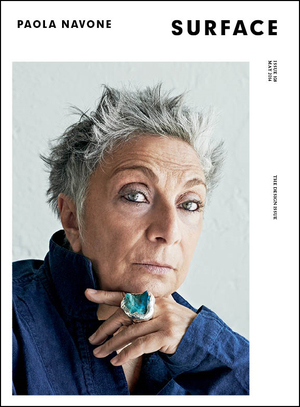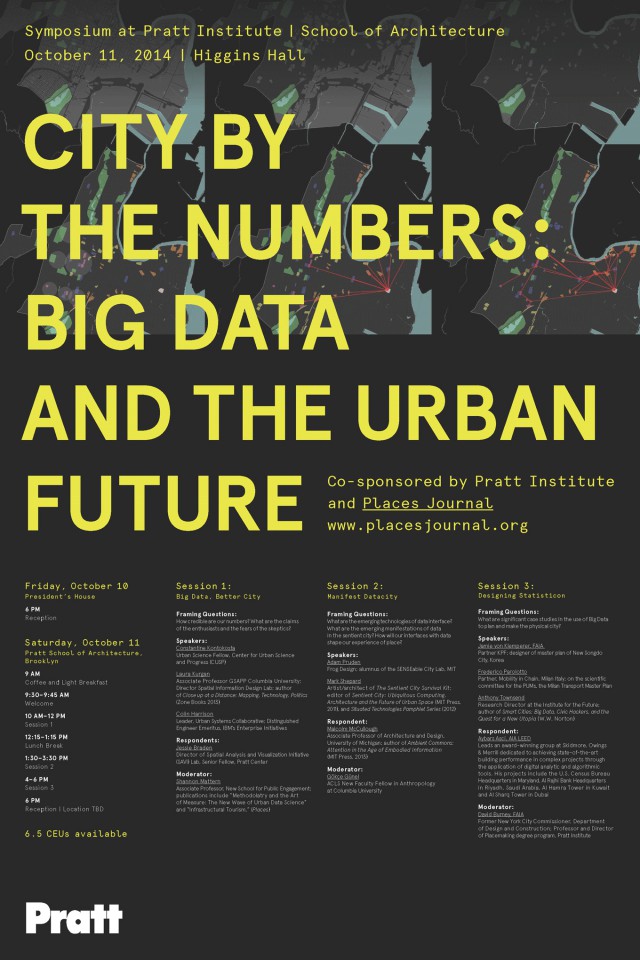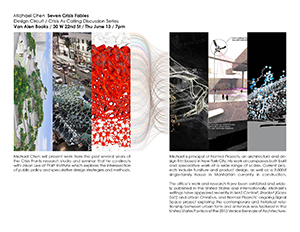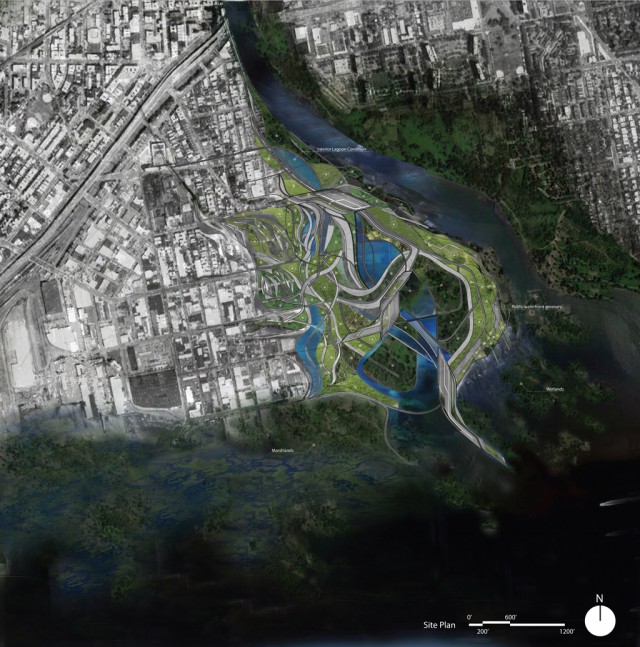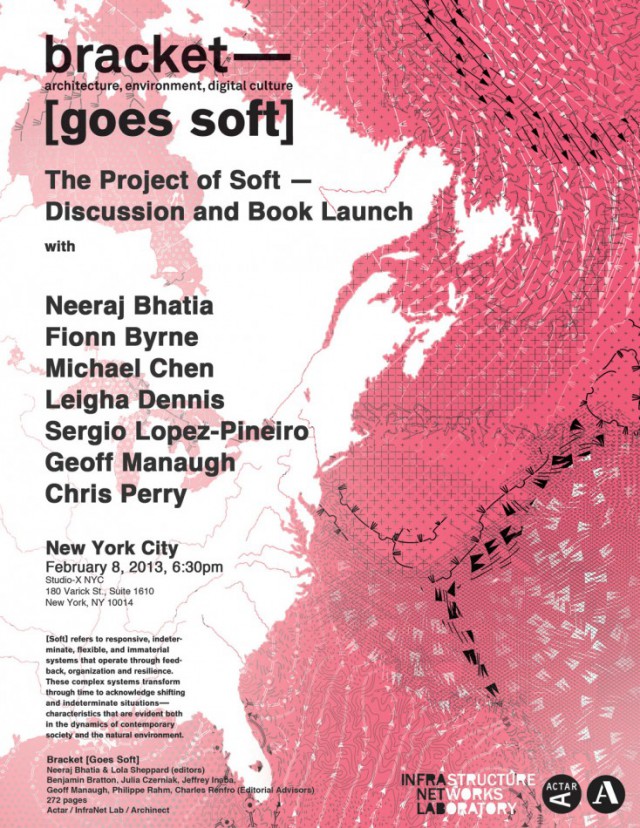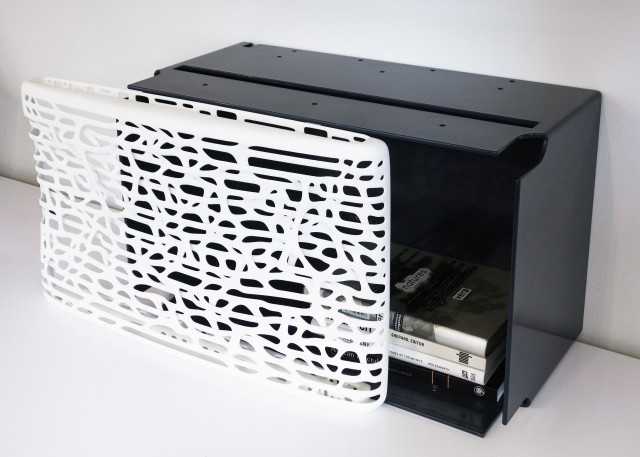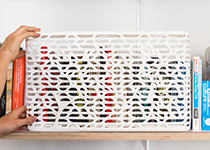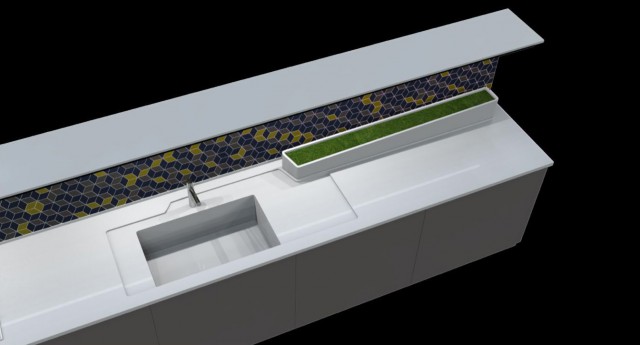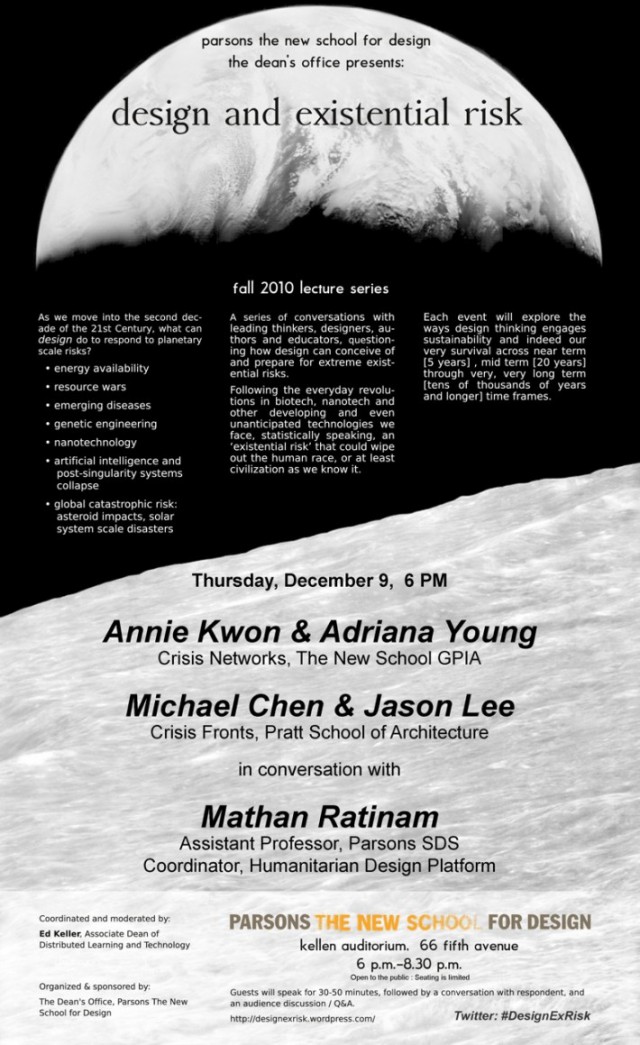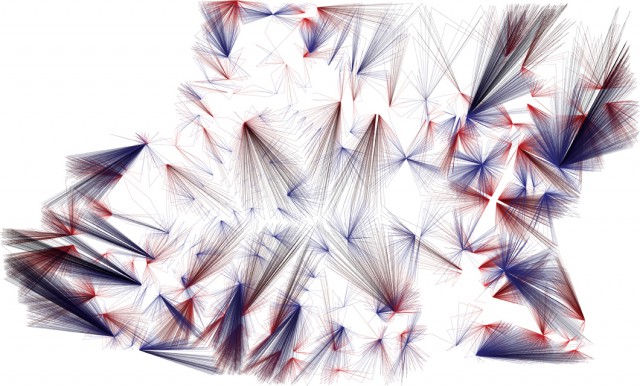Michael was featured in Interior Design‘s What They’re Reading feature and spoke about hybrid authenticity, cuisine, and historic preservation through the lens of Rikrit Tiravanija and Antto Melasniemi’s book, The Bastard Cookbook.
—
Book name and author?
I just finished The Bastard Cookbook, by Rikrit Tiravanija and Antto Melasniemi
How did the book end up in your hands?
Pure happenstance. I was browsing McNally Jackson, a terrific bookstore in Manhattan close to where I live. They have a great design and art section and a lot of smart recommendations, and it just caught my eye.
What appealed to you about the book and its subject matter?
Rikrit Tiravanija is an artist whose work has interested me for a while. I recently saw an installation of his in person for the first time at Glenstone involving a shared meal of soup that I found to be super interesting. He often incorporates cooking and recipes into his artwork, and putting food and contemporary art together in a novel way is more or less guaranteed get me pretty enthused. He and Antto Melasniemi, a Finnish chef who was previously in a famous heavy metal band, have collaborated in the past, and the book is an exploration into the peculiar cultural hybrids and mashups that one finds in our globalized, cosmopolitan today, as seen through the lens of food and food culture. It’s a collection of texts, interviews, photos, and recipes that poke and prod at the fascination with the “authentic”. For example there is a piece about fish sauce, which is ubiquitous in Southeast Asian cuisine, and a visit to a fish sauce master who started her business by delving into family recipes after her city planning career was detailed by the Asian financial crisis in the ’90s. They talk about her ingredients and processes for making a heritage food product, gender roles in Thai society, and how she has subsequently become a mentor for other women starting business enterprises, and a leader of a non-profit that advocates for women’s rights. And then there is a recipe for a fish sauce ice cream, which seems wrong but might actually be delicious – umami, salty, caramel, a little sweet, a little funky.
How is it informing your design work and life in general?
Well, I think fish sauce ice cream might make an appearance at a future dinner party, so stay tuned! I’ve also always thought that cuisine and design have a lot to do with one another, and I absolutely adore food writing and food memoirs. I love how these artists and writers are deliberately playing with deeply familiar, comforting, essential foods from their respective cultures (Thai and Finnish), and exploring these mashups that are interesting because they are at once nurturing and also discomfiting. It’s fascinating that these stories also come from places where the culture is so singularly specific, and how globalization and cosmopolitanism are both transforming and preserving those cultures. There’s a piece on how the most popular Finnish rye bread in Helsinki is made by Morrocan immigrants. As a Chinese-American, Northern Californian transplanted to New York, with Japanese, Scandinavian, and Italian design obsessions, married to a Jewish guy from the Southwest, I think that bastardized or mixed authenticity is a genuinely promising way to think about what we do as architects and designers today, as well as what we eat.
What work have you most recently completed?
We just finished a private apartment on a cruise ship, a transforming micro housing concept for a German manufacturer, and large apartment for a family in New York.
And are there any specific design details that could be traced back to your reading of this book?
Not yet, because I just finished it; but I think a lot of our projects have a mixed authenticity to them. For example, we often work in historic contexts, whether landmark buildings or historic neighborhoods, and a lot of the time, we will do a deep dive into the processes and significance of a particular historical detail or material and then play with it to see how it can be both authentically itself, and also something that is new or even unrecognizable. So there’s definitely something of a shared sensibility here.
What book are you planning on reading next?
I’m part way through Sarah Broome’s book, The Yellow House which is a memoir about her family and the house in New Orleans that they owned and lost in Hurricane Katrina. I’m also reading The Factory by Hiroko Oyamada, which is sort of absurdist novel about drudgery and the workplace, set in a fictional factory compound in Japan. Both excellent and pleasurable, but in very different ways.
What’s next for you?
We’re at work on a community health clinic that serves a very rapidly changing historically disadvantaged neighborhood, an architecture school library, and a pro-bono project for a foster care agency, all in Brooklyn; plus some townhouses and apartments in New York.
